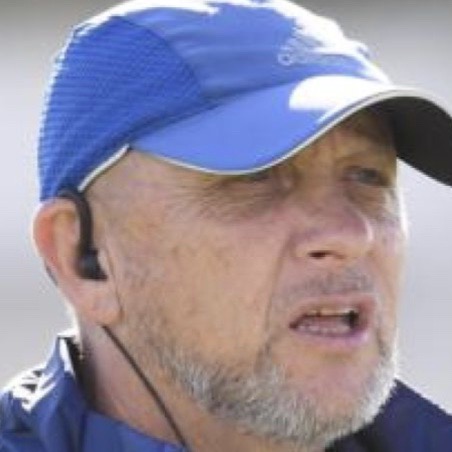The Value of Passing Waves
- halfback9

- May 27, 2022
- 3 min read
“Run, catch, pass” has been the cry of coaches for many years - NOT “catch, run, pass”. This is to encourage our players to move forward - a key principle of rugby - and attack the line forcing the defence to react.
While there are many activities to teach our players to catch and pass, most of them do not highlight the need to move onto the ball as well as the age-old, tried and true passing waves.
Initially, we start with our players in stationary activities to master the release and trajectory of the pass. A valid stage in pass development and one I often start with, but not always and not one I want to dwell on for the majority of a session. One method of progression may be to introduce a game with a heavy pass focus. A great way to bring intensity and excitement and a useful stage to include early, particularly with younger players.
However, these activities don’t give us a snapshot of our player’s understanding of timing, depth, alignment and square running. While training games may touch on all of these areas, they are often hidden within the structure of the game and only a trained eye can identify. Passing waves provide the platform for coaches to assess these elements in a structured environment and relate them to the players. I understand ‘structure' is often seen as a bad word in modern coaching. However, I believe, if applied correctly, it is still an integral part in the development of our players to thrive in the unstructured side of our game.
Passing waves often feature in a team’s warm up due to their simplicity to setup and add movement. But waves can be used as part of everyday training with numerous variations and adaptions applied to suit the focus of the training session or the requirements of the coaching group. In their most basic form passing waves cover timing, lines and depth right out of the box but further adaptions can cover spacing, vision, pass selection, attack shapes and even work rate. All this while working in a familiar setup. This familiarity helps quicken the learning process and reduces the anxiety of trying to pick up something new.

Pressure can easily be added to waves in several ways. The first can be time i.e. ‘how many passes in 30 secs?’. A second can be space (passes completed before a line). Physical pressure can be a third with defenders moving forward to reduce time and space. Vision can initially come from simply holding up coloured cones to controlling the actions of defenders. The variations are numerous.
Many coaches have moved to the L-Drills which are an adaption of the waves. These drills have a few variations that highlight straight running, fixing a defender and hand speed. However, the creative coach can get so much more from the waves. Why not use both and look to build your own arsenal of purpose-built variations.
Coaches are always on the search for something new but there are some things out there that just work! Passing waves work. They are simple to layout, suitable for small or large groups, emphasise the key points of run/catch/pass, modifiable to handle simple to complex actions. Waves are versatile and a coach is only limited by their own creativity. I suggest giving them another look and find a way to fit them into your ‘skill to drill to games’ player development system.


Comments